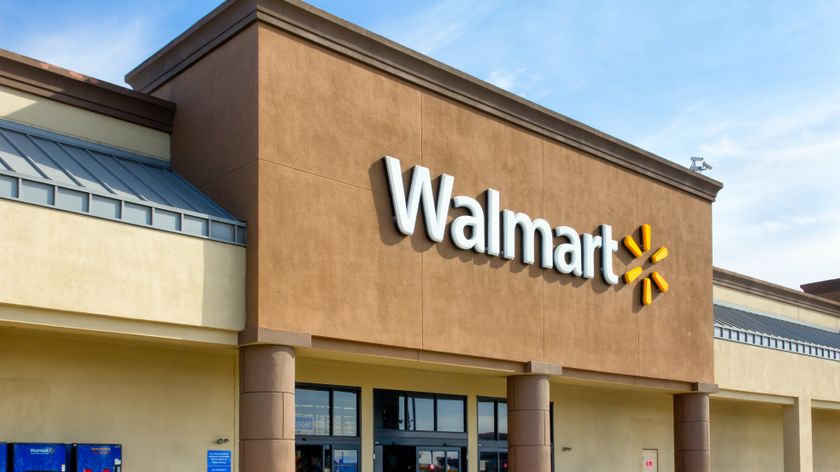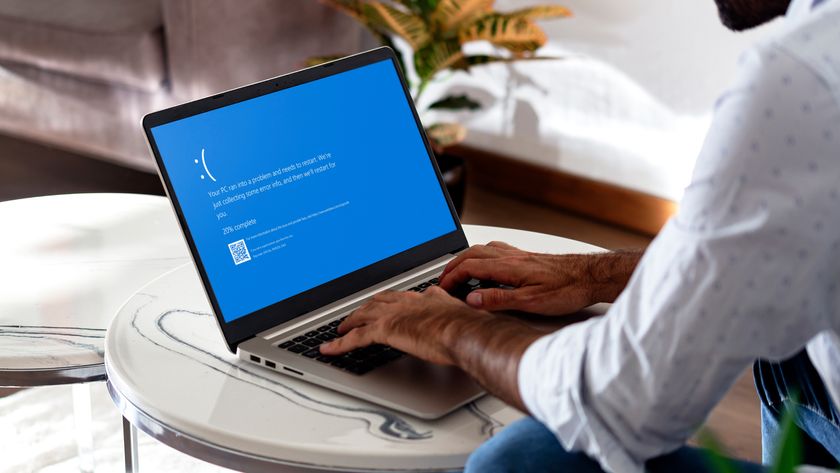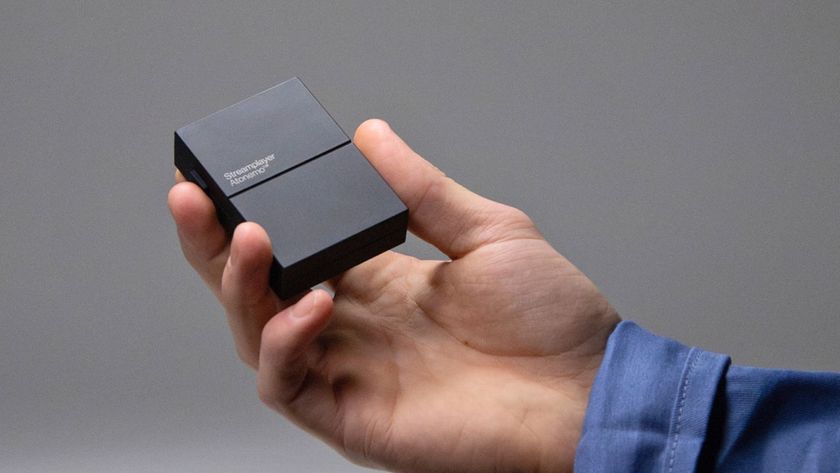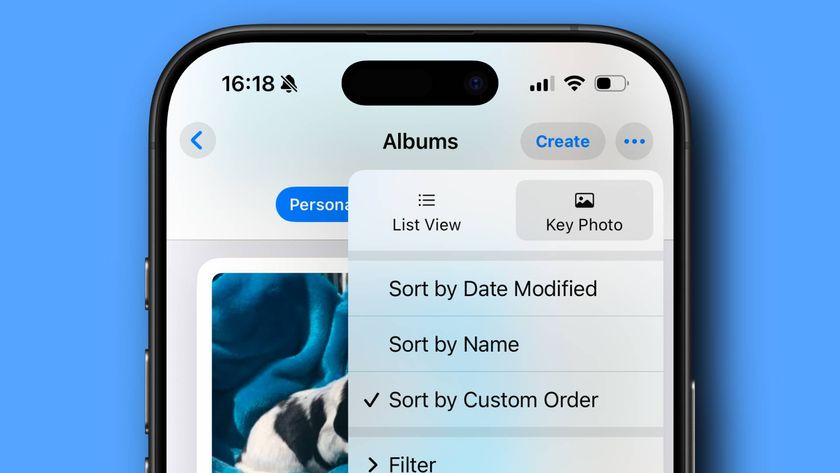Working with advertising
Of course, there's a great deal of cynicism about nanopayments, and there are no signs of the ad-supported model being seriously challenged on the wider web. Yet Greg Golebiewski of Znak suggests the two need not be in opposition.
On Znak, his "marketplace for content providers", users have the choice of buying virtual currency with real cash or 'earning' it by clicking on infomercials and completing advertising surveys. "Payments and advertising are working in tandem, not against each other," he argues. Golebiewski believes this is only the start of a sea change in ecommerce, and predicts a brave new future in which nanopayments begin monetising whole new areas of the web.
He suggests people would be more than willing to pay, for example, "a dime to view the latest pictures of Brad and Angelina; a quarter to download a current financial report by a reputable, independent analyst". A major awards ceremony could, he half-jokingly suggests, announce the winners online 10 minutes ahead of the live TV broadcast – "I bet there would be thousands of people willing to pay 50 cents for that".
Charging for news
Similarly, an article in February's Time suggested newspapers start charging for their online content through nanopayments. Walter Isaacson described the US press as facing meltdown, and argued ailing titles should start charging for online content through "an iTunes-easy method". A paper might charge "a nickel for an article, a dime for that day's full edition or $2 for a month's worth of access".
However, the basic thrust of Isaacson's argument – 'It works for iTunes, so it can work for news' – has been widely challenged. When he was interviewed on The Daily Show, host Jon Stewart pointed out that while a song lasts a lifetime, news is fleeting, so people are less willing to pay for it. Also, unlike iTunes, news providers have to compete with a myriad of legitimate free sources – not just online, but on radio and TV as well.
Get daily insight, inspiration and deals in your inbox
Sign up for breaking news, reviews, opinion, top tech deals, and more.
In a response to the Time article, blogger Clay Shirky suggests nanopayments can only succeed when a provider has a monopoly on a particular type of content and a proprietary system of distribution.
This both explains its success in Asia – "A Cyworld user who wants a certain kind of digital decoration for their online presence has to buy it through Cyworld" – and the difficulties of trying to replicate it elsewhere. An example he gives of the principle in action is "how mobile phone carriers prevent the ringtone distribution network from becoming generalpurpose, lest freely circulating MP3s drive the price to zero".
Achieving the same level of control over other digital goods, especially something as easily duplicated as a photo or news article, is not a task embarked on lightly – although some have suggested the Kindle could perform the 'iPod role'.
Widening the field
Or is it just a matter of reaching the optimal price point? Tony Cohen, CEO of X Factor producer FremantleMedia, recently called for a radical rethink of on-demand TV. "We must look afresh at the potential of micropayments per-view," he told the MediaGuardian's Changing Media Summit. "Charging just a few pence, say £0.05, to watch catchup could really help stimulate demand."
Surely at those sort of prices, few would be tempted to waste time on illegal filesharing sites? Whether or not nanopayments are a financial cure-all remains to be seen, but the fact that new payment methods are opening up to developers can only be a good thing.
"These days, web merchants need to capture as many customers as possible," points out Eli Gurock, marketing manager of OneTouch. "40 per cent of internet users in the USA and 90 per cent worldwide don't have credit cards, and many who do are too afraid to use them online. The addressable market could be at least two or three times bigger and as a result, a lot of money is being left on the table."
Tom May is a freelance writer and editor specialising in tech, design and sleep products. Over the years he's tested a number of mattresses, duvets and pillows, and as a back pain sufferer, has a keen interest in finding ones that offer maximum support. Plus, in running a successful Airbnb business, sleep hygiene and providing the right bedding for guests has become a big part of his day-to-day life. He is author of Great TED Talks: Creativity, published by Pavilion Books.











